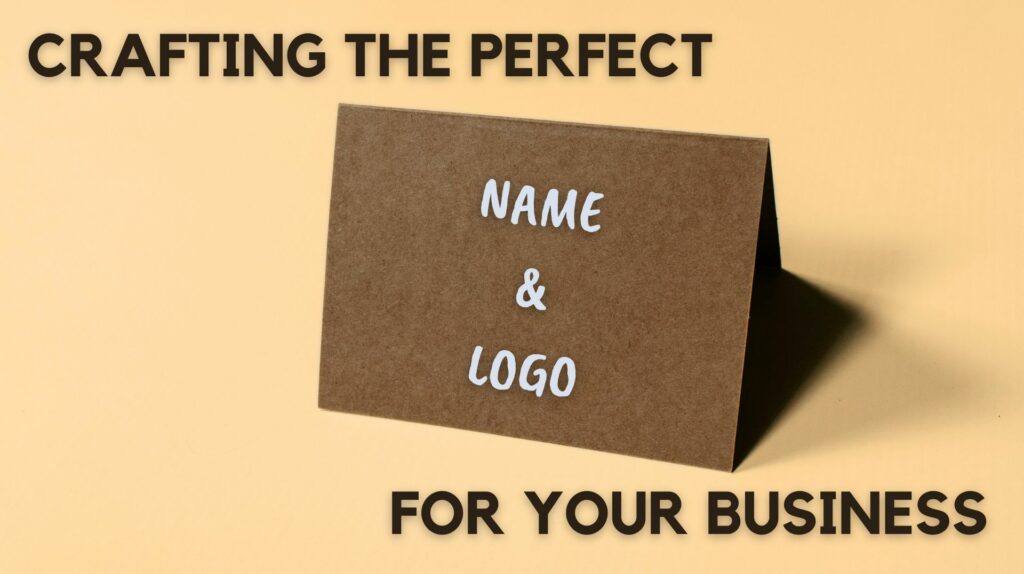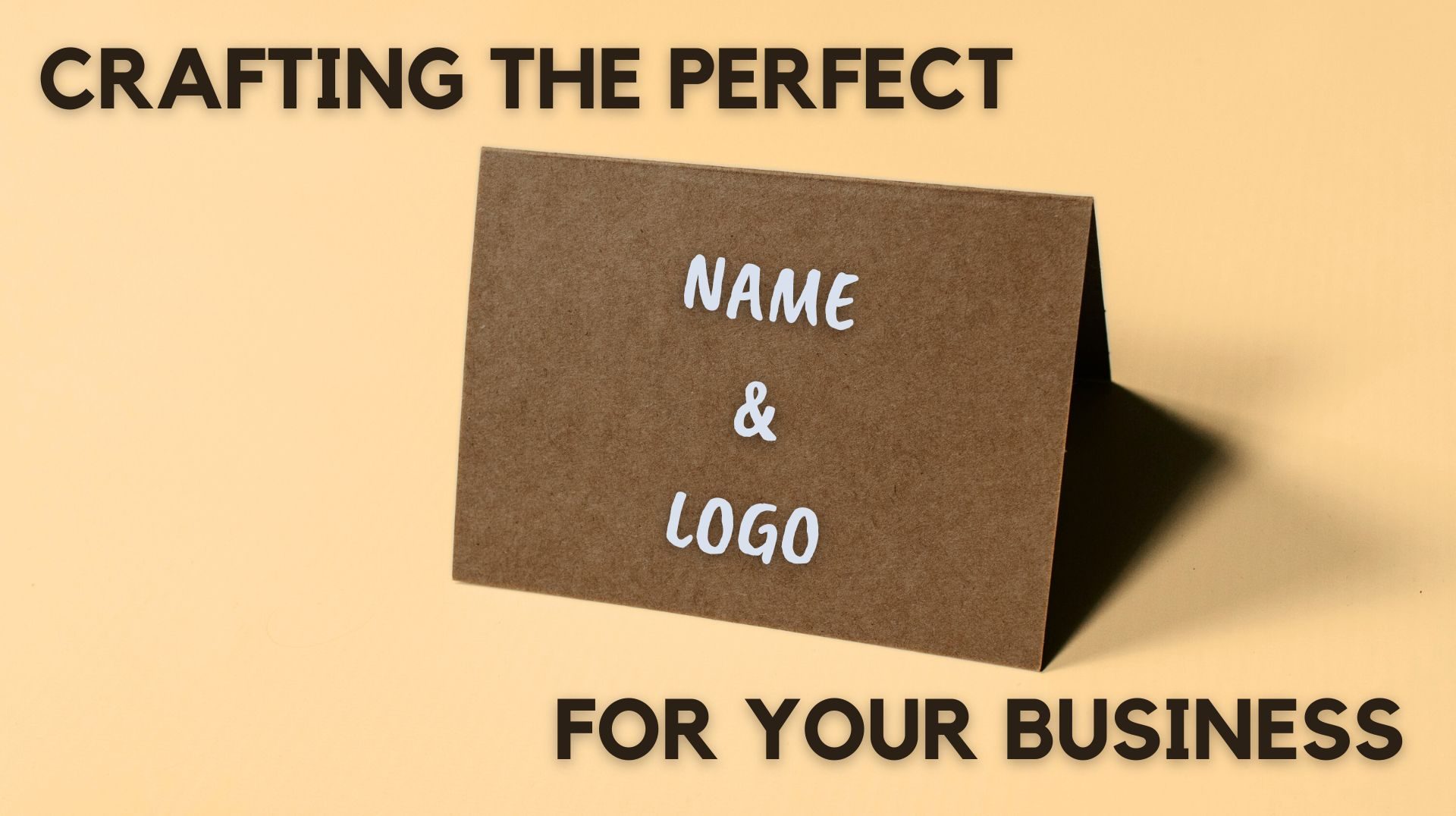What is the first thing you notice when wandering around the supermarket trying to find something to eat? Probably, it is the name of the brand and its logo. You may have never seen this company before, but already you are making conclusions about them based on the name, color palette, and the shapes on their logo.
Table of contents:
Role of Names and Logos in Business
Looking at a kid on Herber’s logo immediately tells you that it is for children. Monster’s logo and name attracts you as its sharp lines give you the sense of being cool in the eyes of the others. And Carlsberg’s name sounds like something German which immediately makes you think of good beer. These are amazing examples of how your name and logo can tell a huge portion of information right there, while choosing the product.
Potential customers may not remember the intricacies of your values or the faces behind the business, but the name and logo always linger in their consciousness. They are the first impressions, the visual and auditory hooks that can either captivate or repel. Whether it’s the iconic swoosh of the Nike logo or the bitten apple of Apple, these symbols are a language used to communicate a brand’s narrative to a global audience.
Keeping all that in mind makes the logo creating process even more of a responsibility. However, we are here to help make it less dreadful!
By the way, another way you can do that is check out Approval Studio. It is one the best approval softwares that allows you to proof all your designs in the most organized and sophisticated way. Have all your assets in one place and never be afraid of missing something with the proof tool that has four compare modes. Check out Approval Studio now!
1. Convey Purpose
A name should not only be a label but should also be a strong brand name meaning it should represent the very essence of your work. Take, for instance, the name “Approval Studio.” Beyond being a mere identifier, it encapsulates the essence of the business — a place where approval meets creative collaboration. Such a name is not easily forgotten. Another cool thing would be to use any kinds of clippings or abbreviations. Imagine a pure happiness on your client’s face when he understands that an abbreviation you use is actually a meaningful part of your business, not just random letters.

Similarly, when creating logos, the challenge is to encapsulate the brand’s purpose visually. If you are a website creator, for instance, incorporating flowers into your logo might seem weird. However, each case is unique. Incorporating those flowers into your campaign makes it make sense. The most crucial thing is for your logo and business to align. It must be a deliberate and thoughtful part of the brainstorming process, not an afterthought.
2. Navigate Cultural Sensitivities
In a globalized world, cultural awareness is paramount. What may be neutral or even positive in one culture could have negative connotations in another. Ensuring the appropriateness of your name and logo requires seeking diverse opinions, especially from the cultures you intend to engage with. So before approving a logo consult the internet, people native to the cultures and make sure you name the brand as appropriate as possible.
Logos, like names, should strive for universality. Symbols and colors can carry different meanings across cultures, and a misstep can have far-reaching consequences. For example, your logo with a family and a yellow as a primary color will be associated with happiness in the US. However, there is a great possibility for it to be misread in the German market as it is perceived as a color of jealousy there. Before finalizing any logo design, it’s crucial to conduct thorough research to avoid inadvertently conveying messages in any parts of a logo that could harm the brand.

3. Legal Ownership and Trademarks
In the competitive landscape of business, standing out is not just an advantage but a necessity. Legal ownership of your name is the first step. Check registered trademarks and domain names globally to ensure that your business’s name is not just unique within your industry but also globally.
Logos, too, demand a level of uniqueness. Researching competitors is essential to avoid unintentional plagiarism. This goes beyond direct competitors; it includes any businesses that might share visual elements resembling your logo. Checking trademarks should extend to every component of your logo, as even colors can be trademarked. So, be careful with choosing the correct color as a wrong shade of red can easily get you sued.

4. Balance Purpose and Expansion
The real issue while choosing names comes when you need to balance between meaning and broadness. It is crucial to have a name that won’t limit your growth if there will be any. For instance, a proofing software “Package Approval” might seem apt for a specific niche and does reflect business purpose well. However, it lacks the flexibility to expand into diverse sectors. This can later result in the need of rebranding and a lot of legal red tape.
Striking a balance between displaying your purpose and allowing room for growth is essential. A name that conveys purpose without confining the business to a singular industry offers the best of both worlds.

5. Readability and Pronunciation
A name that is hard to read or pronounce is a barrier to effective communication. Nowadays when rapid information consumption is a thing, simplicity is the key. Your name shouldn’t be too long or the client will just get bored. A name that rolls off the tongue and a modern logo design that is easily recognizable contribute to the memorability of a brand. If potential customers struggle to pronounce or recall your name, it becomes a missed opportunity for brand recall and recognition. Similarly, abbreviations that cannot really be said out loud are a no-go, as they decrease interest.
The same principle applies to logos. They should strike a balance between being interesting to observe and not overcomplicated or visually tiring. The difference between good and bad logos is that the latter use up all the details to strike a client and be remembered.
6. Imprint in Memory
Creating a name or logo that lingers in the minds of consumers is the hallmark of effective branding. A catchy brand name or logo is one that resonates, leaving a lasting impression. The goal is to create something that not only rings a bell in casual conversations but also prompts instant association with your business.

Achieving catchiness requires a careful interplay of all the elements. Starting from the rhythm and phonetics of the name to the color scheme and shapes of the logo. It’s about creating a mental imprint that you can effortlessly recall when you think about the product or service offered.
Conclusion
Having navigated these crucial steps, the most crucial thing is your satisfaction with the brand name and logo. If you can defend and stand by them, the resonance will echo in the market, paving the way for success. Crafting the perfect name and logo is not just a creative endeavor; it is an investment in the longevity and identity of your business. Mastering the harmony between art and science makes a perfect representation of your brand. Which, in return, will ensure a lasting imprint in the hearts and minds of consumers.

 TEAM SOLUTIONS
TEAM SOLUTIONS WORKFLOW SOLUTIONS
WORKFLOW SOLUTIONS



 REVIEW TOOL
REVIEW TOOL PROJECT MANAGEMENT
PROJECT MANAGEMENT TOOLS & INTEGRATIONS
TOOLS & INTEGRATIONS
 CLIENT INTERVIEWS
CLIENT INTERVIEWS









